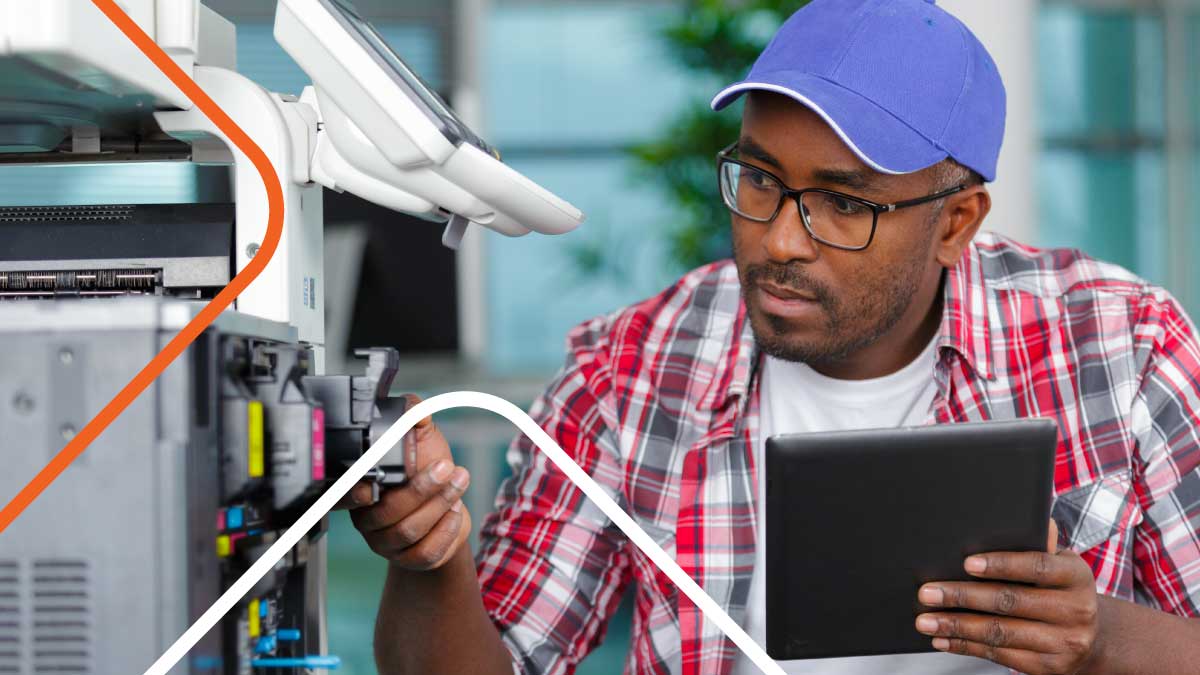
3 types of software every MSP should have
November 15, 2019
As your MSP business grows, the number of moving parts increases almost exponentially. Managing a blended workforce, delivering reliable remote monitoring services, and coordinating on-site projects all become more complex. Without the right tools, you may be spending far too much time putting out fires.
SaaS platforms enable MSPs of all sizes to automate many essential day-to-day operations and stay focused on the big picture. In this guide, we’ll explore three types of software every MSP should have.
1. Remote Monitoring and Management (RMM)
RMM products are the most popular among MSPs. They give you the freedom to handle many types of routine maintenance without traveling to a client’s location. This reduces your labor costs and makes it possible to serve more clients than a traditional break-fix IT provider.
An RMM helps you manage critical activities on a client’s network, workstations, servers, and endpoints.
- Administer patches.
- Install software and updates.
- Detect and resolve issues.
- Automate scheduled maintenance tasks.
Here are a few critical RMM features to be aware of:
- Active monitoring for a wide range of systems and devices, including laptops, PCs, and servers.
- PSA integration to help streamline workflows and cut costs.
- A centralized dashboard so you can work from a single screen. This helps reduce employee training costs and speed up service delivery.
View the highest-rated RMM platforms according to users on Capterra.
2. Professional Services Automation (PSA)
PSA software is designed to help you plan, manage, and measure your performance throughout every step of a project.
A PSA improves your team’s productivity by:
- Streamlining management of day-to-day operations and client project details, including time tracking, expenses, invoicing, customer relationships, and resource allocation.
- Providing greater visibility into business intelligence and performance metrics.
- Organizing your business around a unified operational platform.
While many PSAs offer similar capabilities, their functionality varies. These differences may affect how well your team is able to integrate the software into their day-to-day workflows.
Not sure which PSA to invest in? Channel e2e compiled a list of the best PSAs for MSPs.
3. Field Management System (FMS)
An FMS can help you deliver an outstanding face-to-face customer experience and run your entire field workforce at scale.
By consolidating employee, contractor, customer, and project data into a single dashboard, an FMS enables you to:
- Find high-quality talent by skill set, experience, certifications, and location.
- Gain pricing insights with real-time visibility into labor costs and regional pricing differences.
- Shorten onboarding time and ensure that every worker completes security and compliance steps.
- Organize talent pools by location, skillset, relationship, responsiveness, and other key criteria.
- Assign work orders, receive real-time updates from the field, communicate with customers, and manage every aspect of a project.
- Manage contracts and invoices, prepare tax forms, and automatically disburse payments to both contingent and W2 technicians.
Unfortunately, there aren’t a large number of Field Management Systems specific to finding and managing talent. The most important consideration in choosing an FMS is finding one that integrates with your RMM and PSA solutions.
Picking the right vendor
To select a software platform that’s the best fit for your unique needs, start by:
- Calculating your ratio of break-fix to managed services and long-term to short-term engagements.
- Listing your most critical business objectives for the next few quarters.
- Identifying the operational challenges that might get in the way of those goals.
Technology review sites like G2.com and Capterra.com can help narrow down your options. If you are a Field Nation user, our platform integrates seamlessly with Datto RMM, Autotask PSA, Connectwise, and ServiceNow.
The core purpose of productivity software is to help you run your business more smoothly—not add additional layers of complexity. Some may be better suited for global enterprises, while others are ideal for smaller companies. Take the time to find a solution that’s the right fit for your current needs. It should also be flexible enough to grow with your business.
Also, don’t try to automate too much at once. Most software packages come with hundreds of integrations and options to choose from. Trying to incorporate all of them may only overwhelm you further. Start small and take your time integrating each feature.
Conclusion
Growing your MSP requires the right tools. RMMs, PSAs, and FMS platforms make it easier to keep up with complex day-to-day tasks and build a strong foundation for the future.
- Remote Monitoring and Management (RMM) reduces your labor costs while increasing efficiency.
- Professional Services Automation (PSA) improves your team’s productivity and performance.
- A Field Management System (FMS) lets you tap into a blended workforce and merge project data into a single dashboard.
By automating more moving parts, you’ll free up time and energy to focus on the big picture.
RELATED RESOURCES
More from the field
- Business Growth
- Quality Outcomes
- Success Story
- Business Growth
- Quality Outcomes
- Success Story
- Business Growth
- Quality Outcomes
- Success Story




